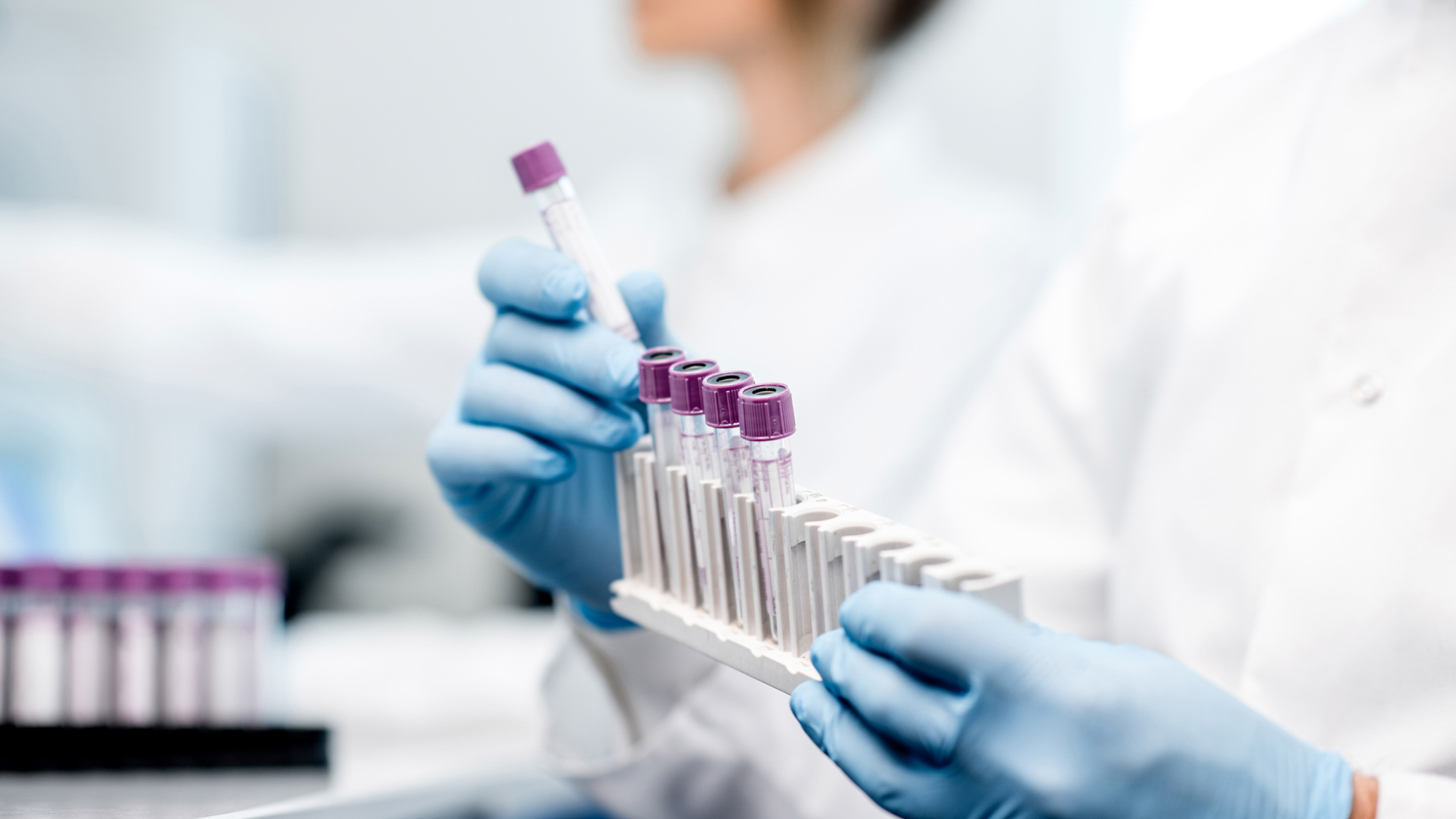Podcast
New Guidance on Preventing Lost Medical Specimens
Oct 17, 2022

Commentators
- Yael Herer, MDCM, FRCSC, MPH
- Rajesh Patel, MD
Transcript
Day after day, year after year, medical specimens are collected from patients across the country and sent to labs for evaluation. In the United States, this adds up to millions of specimens with opportunities for mishaps that could harm patients and create liability for providers. The impact on the diagnostic process when a specimen is lost is of particular concern. In early 2022, a patient safety document was published by the Academic Medical Center Patient Safety Organization, or AMC PSO, to describe ways to prevent harm to patients when specimens are lost. It’s called “Patient Safety Guidance for Pathology Specimens: Identifying and Mitigating Risks for Specimen Loss and Mishandling Resulting in Diagnostic Error.”
[Dr. Heher] “For years many of us in pathology have struggled with, believe it or not, losing specimens.”
Dr. Yael Heher is Associate Chief of Pathology for Quality and Safety at Massachusetts General Hospital, and Director of Quality and Safety for Mass General Brigham Labs. Dr. Heher was on the lost specimen task force for the Patient Safety Organization. The task force discussed risks that plague facilities across the country.
“And we really realized that we shared risk, and we shared root causes of those issues. And we wanted to come together under the auspice of the Patient Safety Organization offered by CRICO and share in an open and transparent way our struggles, and try to create coordinated sets of consensus recommendations for other centers and for affiliated sites of how to manage this problem, which is really ubiquitous.”
In order to develop guidance, the group convened subject matter experts from their institutions, across pathology, surgery, anesthesiology, nursing, IT, and other related domains. Minimizing lost and mishandled specimens requires specific policies, doublechecks, and rescue strategies. Dr. Rajesh Patel is Deputy Chief Information Officer for Beth Israel Lahey Health in Boston, and also a member of the PSO task force on lost specimens.
“Lost specimens are certainly a universal problem in the hospital systems across the country. This has been well documented; what is clear is that while relative numbers of specimen loss are low at most health systems, unfortunately the absolute numbers in specimen loss are high, just given just the total volume of tests that are done at any given center.
Dr. Patel says published research so far is very limited. Fear of professional repercussions for mishandled specimens may lead to under-reporting of errors and near-misses. The PSO guidance document suggests that the rate of lost specimens is reported to be around 0.002 percent, but it is likely higher than that. While a tiny percentage, the overall number of specimens means thousands are lost every month. This can lead to missed or delayed diagnoses for individual patients and their providers. What the limited literature does point to is the pre-analytic stage of the specimen process. Studies in 2015 and 2018 indicate that labeling, transport, storage, and collection of specimens represent the most laboratory-based adverse events that were reported. According to Dr. Heher, an early choice for the guideline group was to focus on anatomic pathology. These are all surgical specimens, autopsies, etcetera, as opposed to clinical pathology—such as blood bank and chemistry, hematology, microbiology, and virology.
[Dr. Heher] “And part of the reason for that is AP specimen tracking (AP is anatomic pathology) is extremely manual and it’s very difficult to anticipate, meaning a surgeon might go in for an operation and he or she might decide in the operation what specimens he or she is going to send. AP is much more human based, and the decisions get made at many different time points. They’re much more difficult to track. So, the first decision was AP for scope and the second was that we would only focus on the pre-analytic phase of testing. So, we wouldn’t focus at all on anything that happens actually almost in the lab. It’s everything happening before the specimen reaches the labs and as the specimen is sort of accessioned and received in the labs.”
The resulting guideline document offers providers a list of potential vulnerabilities, accompanied by a list of risk mitigation strategies for each of the four steps in the pre-analytic process: Ordering, collection, transport, and accessioning.
[Dr. Patel] “We wanted to try to use our experience to kind of help people kind of have an idea as where to start… And I think that’s what we hoped the document would leave people with was really here’s the blueprint for you to build a project around this, a team around this and some specifics to kind of help guide you as you do your own analysis. We all likely share the breadth of problems but at any given organization, you may only be able to attack the two or three most important ones. Maybe you can use this document to zero in on those two things as you build your team.”
After the guideline lists key vulnerabilities and suggests remediations, a second part of the document suggests how to do an internal assessment and create a good governance structure around specimen process improvement. Dr. Patel says the problem and solution go well beyond the pathology department or the ordering clinician.
“This starts with folks who are ordering the test, making sure they’re ordering the right test. The folks who are collecting the test. They may not be the same folks. The folks who are putting the label on. Again, it’s another person oftentimes doing that. Handing off to a transporter. So, again, there’s, there’s opportunity for error in all of those steps and all of those people need to understand they’re important in making sure their step is well executed, safe, and completed in a fashion that that doesn’t risk loss.”
According to Dr. Heher, one of the keys to a successful intervention to lower the risk of lost specimens is to concentrate accountability, because so many hands touch the process. Having a single person who is responsible for the entire life cycle of a specimen order is important. Dr. Heher says the size and complexity of an organization will affect some of the specifics.
“But I think the principles are the same, which are, you know, establish a group, an oversight group and that could be one person who’s in charge of it or it could be a complex multidisciplinary team of a project manager, lab leadership, information systems leadership or hospital operations. Assess the current state of lost or misprocessed specimens with your core team and then track it and develop, develop a strategy to reduce that number…. I think it needs to be coordinated based on the risk and based on the resources that you have but the principles are the same which is keep track of your specimens and if you can’t, you know, establish a structure and a workflow so you can.”
Copies of the document “Patient Safety Guidance for Pathology Specimens: Identifying and Mitigating Risks for Specimen Loss and Mishandling Resulting in Diagnostic Error” can be downloaded free from the CRICO web site, at www.rmf.harvard.edu/lostspecimens.
I’m Tom Augello for Safety Net
About the Series
We’ve got you.
Our Safety Net podcast features clinical and patient safety leaders from Harvard and around the world, bringing you the knowledge you need for safer patient care.
Episodes
$1.5 Billion in Miscommunication: Medmal Data Report Finds Opportunities

Case Dismissed! Every Medical Defendant’s Dream Still Holds Some Nightmares

Expert: Communication Is Top Fix for Prostate Care Allegations

